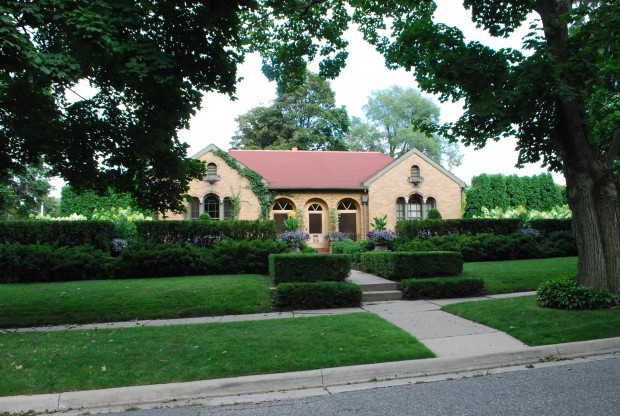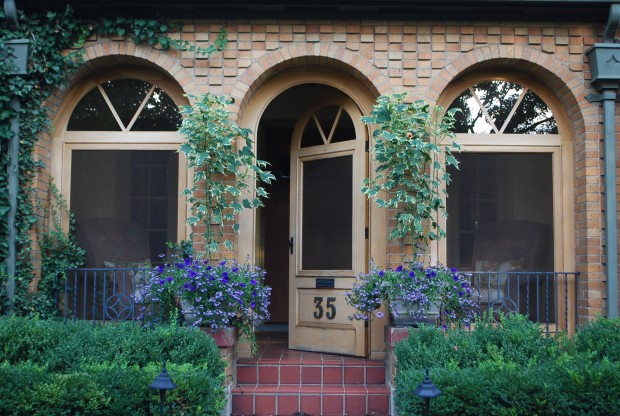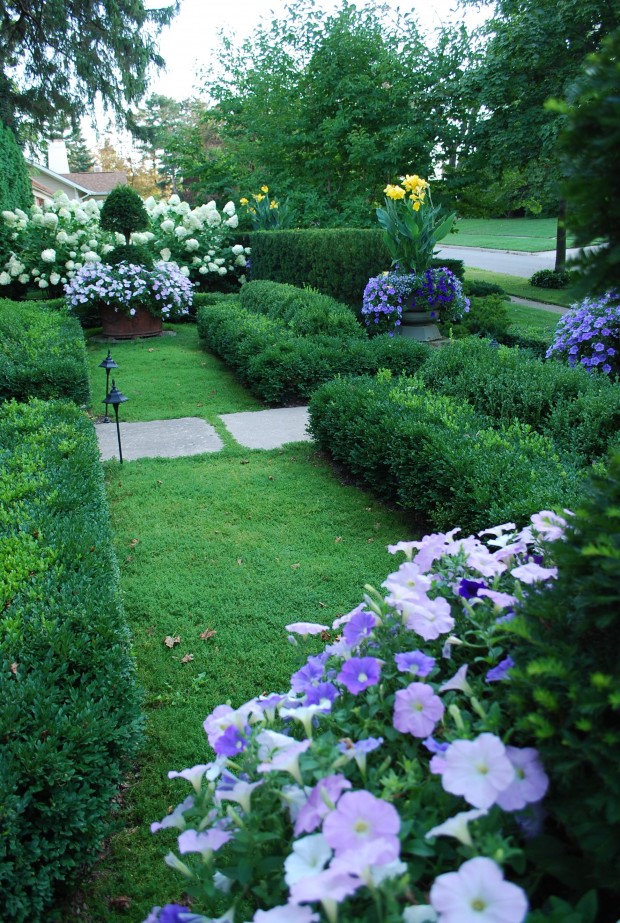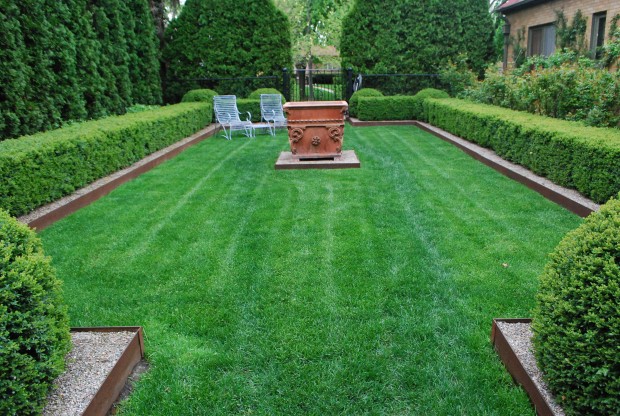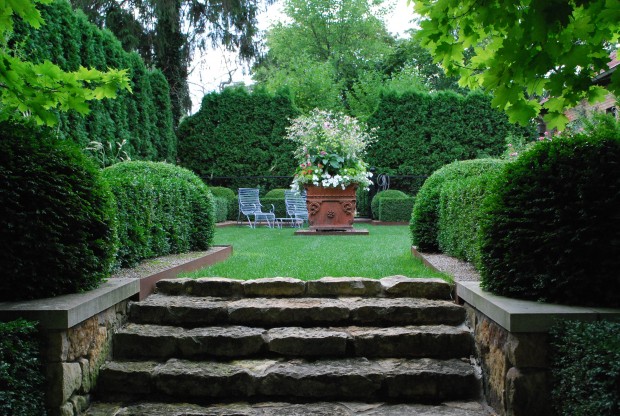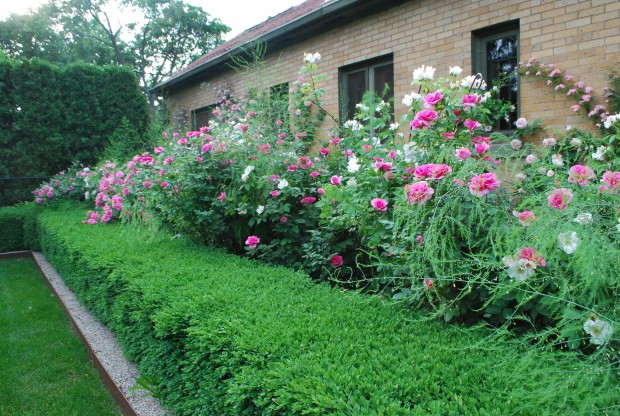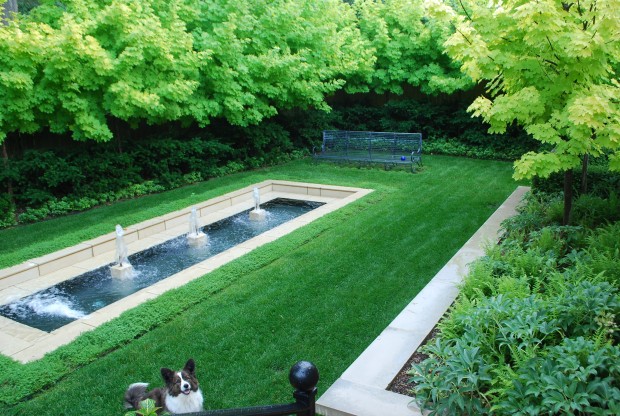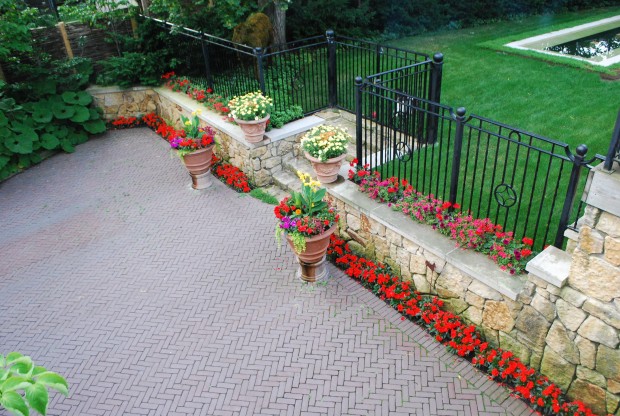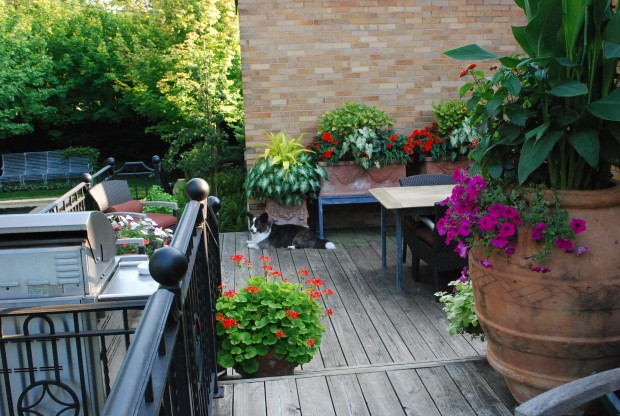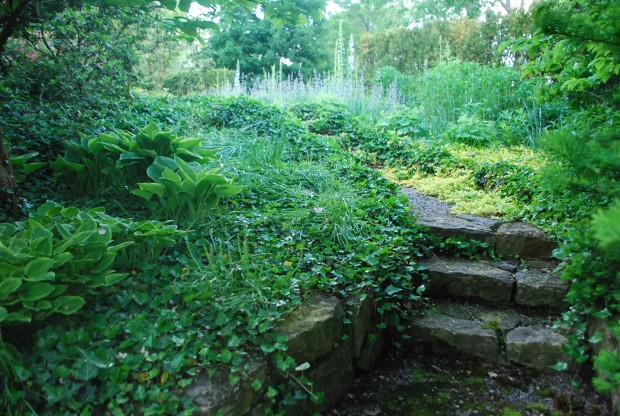I had no plan to to talk about asparagus today-but there they were last night, poking up and already a foot tall.
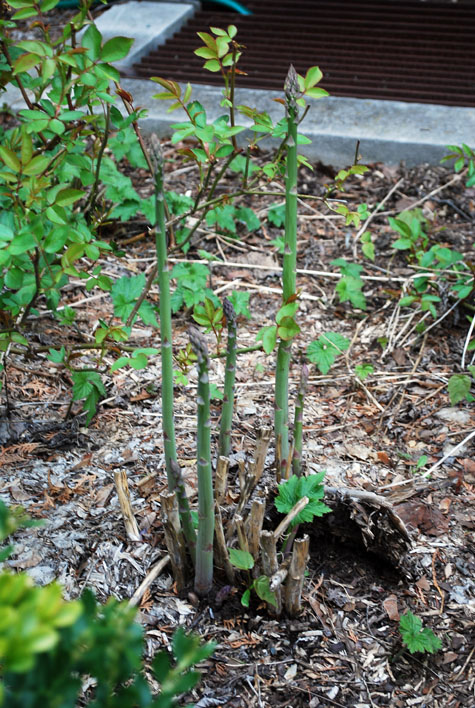
Buck and I picked 10 stalks; 4 made it to the kitchen counter. I know next to nothing about growing vegetables, except as ornamentals; I do not cook and I have yet to ever read a recipe. I have been in a grocery store maybe 4 times in the last 15 years. I have worked seven days a week for the better part of 24 years, so a grocery store is not my idea of where I would spend my free time. I would just look at the cans with great labels, and imagine them planted with tomato starts for budding gardeners under the age of 9; Buck does the shopping and cooking.
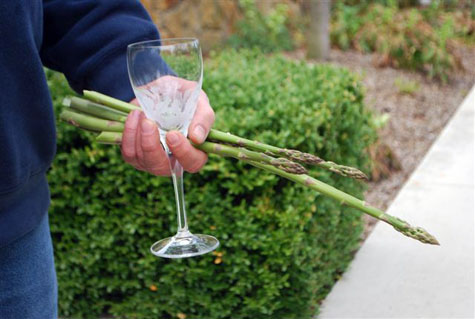 For better or for worse, I have planted my asparagus between my roses. I love how their ferny foliage masks how awkward and poor a rosebush looks, as a plant. Though I know perfectly well how to plant asparagus roots in a trench, other people tell that story much better than I, in particular, Margaret Roach.
For better or for worse, I have planted my asparagus between my roses. I love how their ferny foliage masks how awkward and poor a rosebush looks, as a plant. Though I know perfectly well how to plant asparagus roots in a trench, other people tell that story much better than I, in particular, Margaret Roach.
If you do not read her blog, A Way to Garden, I would encourage you to do so. She will tell you how to grow asparagus, and anything else you might have a mind to grow. Or prune. Or nurture. Or abandon-she addresses all her topics with a great eye, and voice. She puts enough of herself out there to make anyone want to keep reading. She is a great writer to boot. I demand all my staff read her-and I give pop quizzes. She makes it possible to learn something without feeling like you are taking medicine.
 But I have to say the asparagus word today, as its pushing aside the mulch and coming up like crazy-not on my schedule, but on the asparagus schedule. Home grown asparagus, raw, with the end of the day glass of wine, or barely cooked; even this peanut butter and butter girl appreciates the miracle of home grown asparagus.
But I have to say the asparagus word today, as its pushing aside the mulch and coming up like crazy-not on my schedule, but on the asparagus schedule. Home grown asparagus, raw, with the end of the day glass of wine, or barely cooked; even this peanut butter and butter girl appreciates the miracle of home grown asparagus.
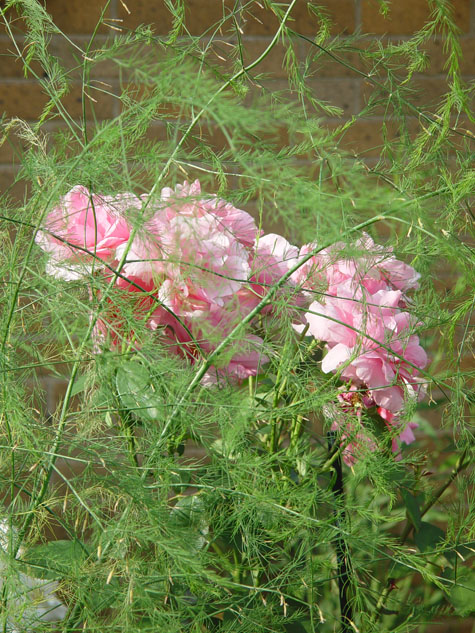
Many times, driving in Michigan, I see old abandoned farms. Sometimes the house and barns are gone. But if there ever was asparagus, it is usually still there. It is incredibly long lived, like peonies, and old fashioned lilacs. As much as I admire endurance in gardeners (as Henry Mitchell said, “Defiance is what makes gardeners”), I also admire endurance in plants. 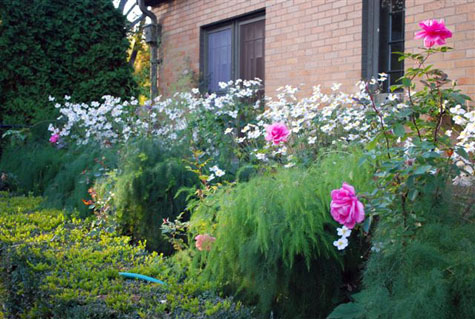
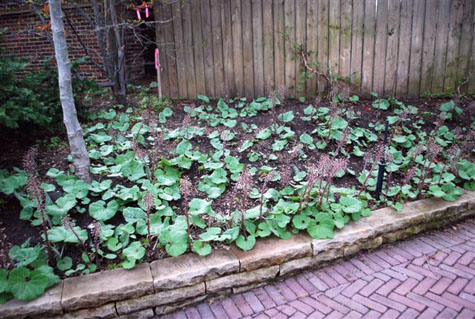 Rochelle Greayer, whose garden blog, Studio G, I read every day, was kind enough to mention my blog, and my post on butterburs a few days ago. Her blog is so wide ranging-I can’t think of any topic relating to gardens, gardening and landscape that she is not interested in, and game for. I like this kind of open minded point of view. Anyway, here’s the latest stage of the butterbur flower fright show, Rochelle; thank heavens the leaves are finally coming on. I am so pleased there will be butterburs in your future.
Rochelle Greayer, whose garden blog, Studio G, I read every day, was kind enough to mention my blog, and my post on butterburs a few days ago. Her blog is so wide ranging-I can’t think of any topic relating to gardens, gardening and landscape that she is not interested in, and game for. I like this kind of open minded point of view. Anyway, here’s the latest stage of the butterbur flower fright show, Rochelle; thank heavens the leaves are finally coming on. I am so pleased there will be butterburs in your future.